Summary
Eversolo DMP-A6 streamer/DAC
There’s a terrific buzz around this nicely-priced and versatile streamer. GARY STEEL gives the Eversolo DMP-A6 a thorough audition.
$1595
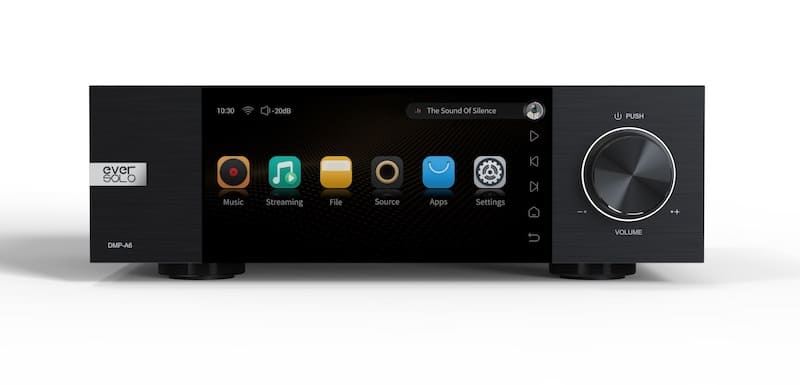
 Once you get hooked on hi-fi it can be a slippery slope. Audiophiles can’t help craving for the next, better sonic hit, which almost by necessity comes with a hefty price tag. Many of us, however, can only dream.
Once you get hooked on hi-fi it can be a slippery slope. Audiophiles can’t help craving for the next, better sonic hit, which almost by necessity comes with a hefty price tag. Many of us, however, can only dream.
Those of us on pinched budgets are always looking for ways to mimic the results of top-dollar stereo systems. I’ve bumbled along for 20 years trying this and that out, sometimes with unexpectedly disappointing results and other times with surprising revelations. Most of this experimentation has consisted of doing musical chairs with traditional hi-fi components like CD players and turntables and especially, amps and speakers. More recently, I’ve discovered that the room and cables also play a bigger part than I had realized. But for traditional hi-fi freaks, digital technology and the advent of streaming has seen many of us begin searching for a music streamer that sounds as good as our other source components.
Hi-fi forums are still full of debate on the merits of streaming and the various streaming services, with some old-timers still insisting that even with hi-res streams you can’t beat the dynamic range and sheer musicality of analogue reproduction. Over the last few years, however, there’s been a huge uptake in streaming, as services like Qobuz start to offer reasonable subscription prices and consumers are lured into the idea of up to 192kHz reproduction and an almost limitless playlist.
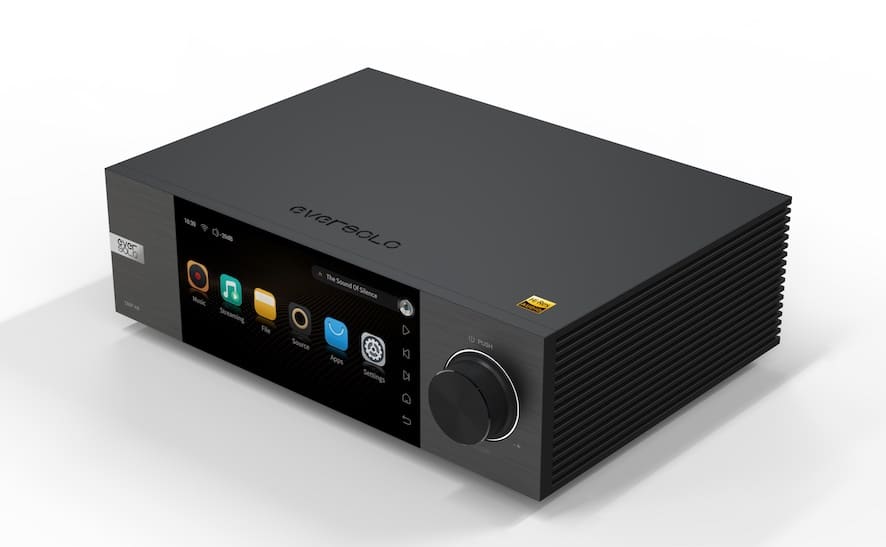 My Streaming Journey
My Streaming Journey
I bought my first dedicated streamer – a Cambridge Audio CXN capable of up to 96kHz – back in 2017, and hardly used it because none of the hi-res services were available in NZ yet. I mainly wanted it to stream from the digital files stored in my NAS drive, but I could never figure out how to properly organize my digital music library and the CXN eventually went on TradeMe. I soon went back to listening to actual CDs and LPs. When several hi-res services were made available in NZ a few years back I desperately wanted to go all-digital, but couldn’t get my head around how I could do it without spending a bomb and hiring an expensive consultant to deal with the technical issues of setting up and maintaining the system. I did subscribe to Tidal for a while, and then Qobuz, and then Apple Music when they went hi-res (actually, most of their catalogue seems to still be a maximum of CD-quality). But I found myself, without a dedicated streamer, either listening via my Apple TV gadget via my TV or via iffy Airplay from my ancient MacBook Pro, and the results were underwhelming (to say the least).
Happily, about a year ago one of my hi-fi friends nudged me in the direction of dedicated streaming. At first, I had issues (see my piece here), but over the past six months or so I’ve had the chance to audition a range of music streamers, which hopefully has given me a better grip on what the hapless consumer needs to get an acceptable result.
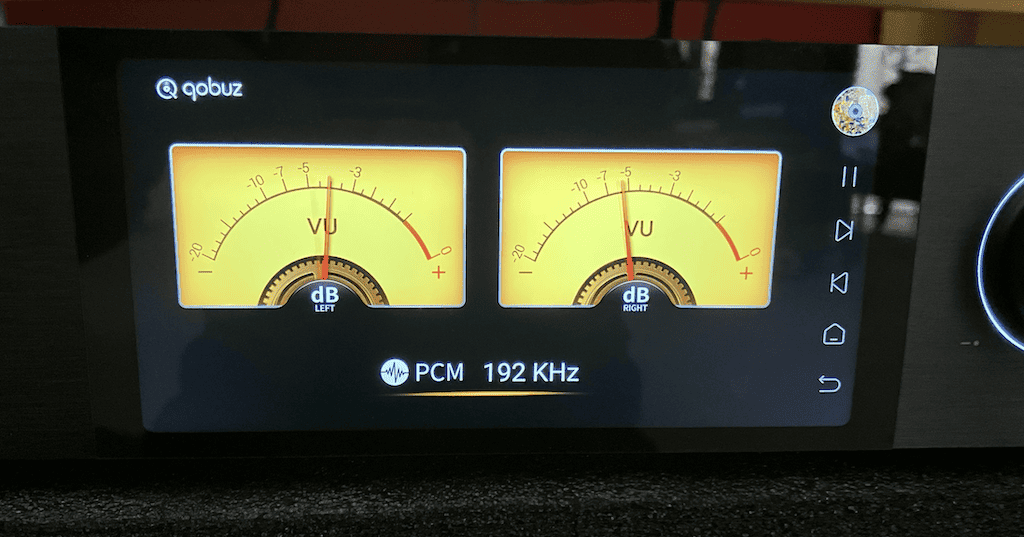 A Proliferation Of Cheaper Streamers
A Proliferation Of Cheaper Streamers
While the top echelon of audiophiles will be happy to spend a lot on a music streamer, many of us are groaning at the unexpected extra cost, having already invested so much in our systems. The most well-regarded music streamers retail for up to $5K, and then there’s the cost of subscribing to a streaming service.
No wonder, then, that the recent influx of affordable streamers that offer a glimpse of audiophile sound has caused such a storm. Over the past six months, competitively-priced streamers I’ve auditioned include the Bluesound Node ($1199) (see Pat Pilcher’s review here), the Advance Paris WTX-Stream Tubes ($799) (review forthcoming) and now, the sensation of the streaming world, the Eversolo DMP-A6 ($1599).
You’ll see the Bluesound sitting alongside quite expensive components on well-known YouTube hi-fi channels, and it is a rather nifty wee thing. I found when I tested it out, however, that while it was easy to set up and it sounded okay, it wasn’t what I would call an audiophile streamer, and it had one major issue for me, in that there appeared to be no way to know what the resolution was of any particular song you were playing. It seemed to me to have a higher purpose as a multi-room media hub.
On the other end of the scale, I was able to spend an afternoon listening to the Atoll ST300 streamer ($5600) and if I was a rich man I would have nabbed one for myself straight away. It was that good.
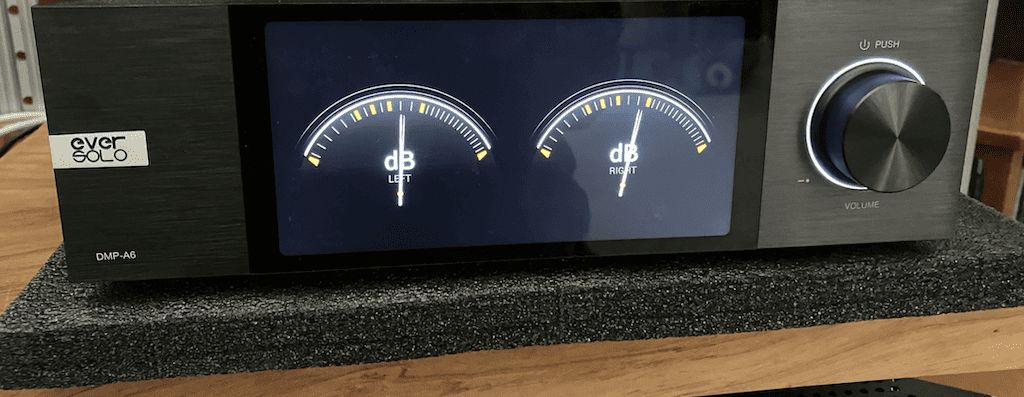 A New Player On The Streaming Scene
A New Player On The Streaming Scene
But back to planet Earth, and there’s currently a huge buzz about Chinese manufacturer Eversolo’s own stab at a music streamer, the DMP-A6. And if you dare go to the fan-based Facebook page for this particular brand/model, you’ll find audiophiles endlessly debating its merits (or otherwise). There is a lot to talk about with the DMP-A6, because it can do a lot that other affordable streamers can’t.
While its main job is to stream audio content (it has on-board connections to Tidal, Qobuz and the usual suspects) it also contains a decent DAC, plenty of connection options and even – a real bonus, this – the ability to insert an SSD card full of recorded music files to the underneath of the unit. To this end, importer Ian Brown of Critical Sound went to the trouble of adding 4TBs of his own music selections. Another major bonus is that the unit is Roon-ready, which makes it easy to hook up to the music management service that is becoming ubiquitous amongst audiophiles.
Another reason the crowds are cheering for the DMP-A6 is that it looks really good. The cheaper units like the Bluesound Node tend to be diminutive in proportion and sans screen. Some consumers prefer their streamer just acting as a hub and feel that they get all the information and control they need from an app on their phone or tablet. Personally, although the app is my usual control go-to, I find it reassuring that I can easily control the unit and see instantly what I’m doing on the touch-screen. Also, it looks great! There’s no getting around the fact that the DMP-A6 is a handsome unit. It’s small enough not to take up too much space on the rack but chunky enough to allow for a decent screen size, and when you do tap that screen, it shows the options instantly, making for an intuitive interface.
But here’s the clinch-factor: Many fans of the DMP-A6 – and they’re a pretty ardent bunch right now – reckon that the sound is equal to, or even better than, that of streamers three or four times its very modest RRP. I’ve even heard claims that it’s as good as the acclaimed HiFi Rose brand. That’s one I haven’t yet auditioned but, having tested the Eversolo’s sound via four different amplifiers I’ve come up with my own conclusions.
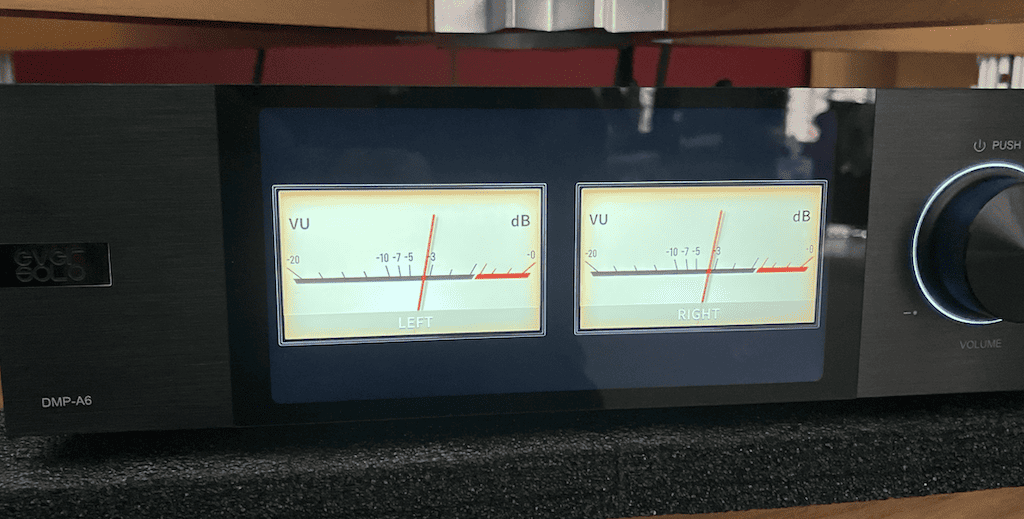 Listening Session
Listening Session
When I first powered up the Eversolo DMP-A6 I was instantly engaged and amazed. I found that my chosen selections sounded stunning. The sonic picture was fantastic: deep soundstage, beautiful stereo separation, firm and infinitely deep bass response, and on certain tracks, it felt almost holographic.
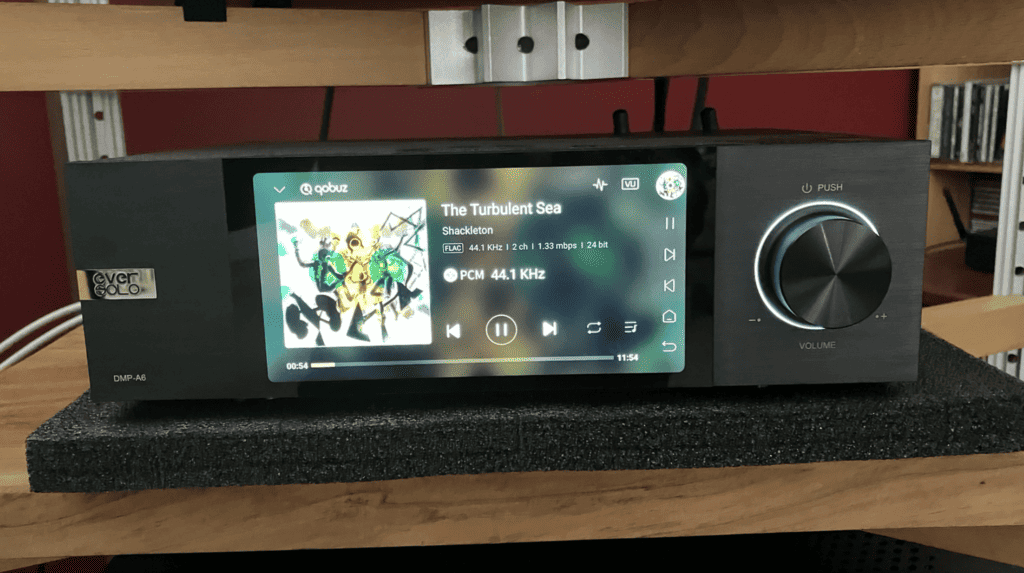 But everything I played was electronic. Roon is like that: you play one favourite electronic track and its suggestions lead you on a path of discovery. I’d checked out the phenomenal post-dubstep musical architectures of Shackleton’s 12-minute epic ‘Something Tells Me/Pour Out Like Water’ (Departing Like Rivers, 2021), and that had led on to the shiny textures and slick beats of my favourite cheesy Swiss duo, Yello. Actually, Yello soon gave way to Boris Blank’s ‘Electrified’ (Electrified, 2014), the first few tracks from Mr Oizo’s enjoyably abrasive and brazen Lambs Anger (2008) and much more.
But everything I played was electronic. Roon is like that: you play one favourite electronic track and its suggestions lead you on a path of discovery. I’d checked out the phenomenal post-dubstep musical architectures of Shackleton’s 12-minute epic ‘Something Tells Me/Pour Out Like Water’ (Departing Like Rivers, 2021), and that had led on to the shiny textures and slick beats of my favourite cheesy Swiss duo, Yello. Actually, Yello soon gave way to Boris Blank’s ‘Electrified’ (Electrified, 2014), the first few tracks from Mr Oizo’s enjoyably abrasive and brazen Lambs Anger (2008) and much more.
I was completely won over by the DMP-A6 until I tried listening to some rock music, and found that on my hi-fi system (AVM power amp, Rotel preamp, Martin Logan Summit speakers) there was a tonality at the top end that I really didn’t like. A good example is Frank Zappa’s experimental jazz-fusion track ‘Eat That Question’ (The Grand Wazoo, 1972) which fuses a stonking great multi-part horn section with weird psychedelic electric rock guitar and rhythm section. Qobuz has 192kHz files of this track/album but I found it sounded less good than my 2012 remastered CD. The drums were less propulsive, the guitar solo was just a bit too edgy in the treble department, and the complex horn chart felt like it wasn’t resolving itself properly. What the heck was going on? I was soon to discover that the main issue was with my own system, rather than the streamer’s DAC.
I’m in the process of reviewing two very different integrated amplifiers at the moment, so I took the opportunity of listening to the DMP-A6 first through the all-new technological wizardry of the Technics Grand Class SU-G700M2, and then through the Gallic magic of the valve-like Advance Paris X-i75.
Hi-fi reviewers tend to talk about synergy a lot, and for good reason. Some excellent components just don’t sound their best matched with certain other components. Others are like a match made in heaven. My assessment of the sonic characteristics of the DMP-A6 is that it’s very clean and modern-digital, and that’s why it loves electronic music. But for whatever reason, it didn’t like my trusty, dynamic Class-D AVM amp. The SU-G700M2 is packed with the latest digital tech and it plays nicely with the Eversolo. On my “problem” tracks the shrieking aspects of the electric guitar solos weren’t exactly tamed, but they were so clear and everything felt stage-managed. The same was true of the horn charts. Those tracks on the Advance Paris amp sounded even better still. The X-i75 is a solid state amp with a valve-like sound, which gives it a sensuality and an intimate lustre that does tone down edges somewhat, without losing their intended full frequency appeal. I felt that the DMP-A6/Advance Paris was a match made in heaven, with the Eversolo tendency towards a clinical digital presentation complemented by the French kiss of the Advance Paris.
In short, there is no issue with the Eversolo DAC after all. Having said this, aside from the above-mentioned Atoll, I have yet to hear a music streamer that sounds quite as good as my lovely old Yamaha CD-S2000. I should mention that we’re not talking about massive differences, just that the SACD player (even on redbook CDs) has a slight edge on some streaming tracks. There could be a variety of reasons for this. YouTube hi-fi guy Darko has compared the dynamic range of hi-res streaming content and found that in some cases, even the oldest CDs have a better dynamic range than the new hi-res streams (or the masters prepared specifically for streaming), so maybe that’s where I hear the slight difference.
Some CDs, on the other hand, sound near-identical to the streams. A good example of this is the above-mentioned Mr Oizo CD, which sounds just as crunchy and deep via Qobuz and the Eversolo. Another is Ed Mann’s Get Up (1988), an all-digital album from a time when digital still had connotations of thinness and a pervasively sterile feeling. Zappa’s percussionist (marimba, vibes, electronic mallet, keyboards and sundry percussion) made the record at Walter Quintus’s short-lived high-end German studio, and it still sounds great. With its quirky mixture of world, funk and jazz elements and lots of mallet malarky, it’s possibly more of a musician’s delight than a punter’s fantasy, but for me, it’s a lot of fun. ‘Shattered Illusion’ is one of the moodier tracks, which brings out the throb of the vibraphones, captures the full “thwacking” force of Chad Wackerman’s machine-like drums, and yet skillfully weaves trombone and flugelhorn parts from the Fowler brothers (Bruce and Walt). Despite its late ‘80s origins, it sounds wonderful through the DMP-A6, even down to the way it displays the grain of Doug Lunn’s bass. Again, I compared it to the CD and there was almost no detectable difference.
In the end, I listened to a wide variety of music, from ‘70s jazz-rock fusion to acoustic jazz with sultry female vocals to classic rock through to classical and even some full-on grunge and death metal. The DMP-A6, whether filtered through the Technics SU-G700M2 or the Advance Paris X-i75, produced the goods.
One final comment I should make about the sound is a consideration of the speakers. We’ve seen how some amps have more synergy with the Eversolo DMP-A6 than others, and my Martin Logan Summits, while having a supernaturally smooth sound through the various frequencies, are also very revealing, and not what I would call “warm”. The DMP-A6, I suspect, is a fairly accurate conduit and does nothing to warm up the music content. My speakers are the same. You might find that if your speakers are warm and mellow, then a perfect synergy will be experienced. Taste and try, etc.
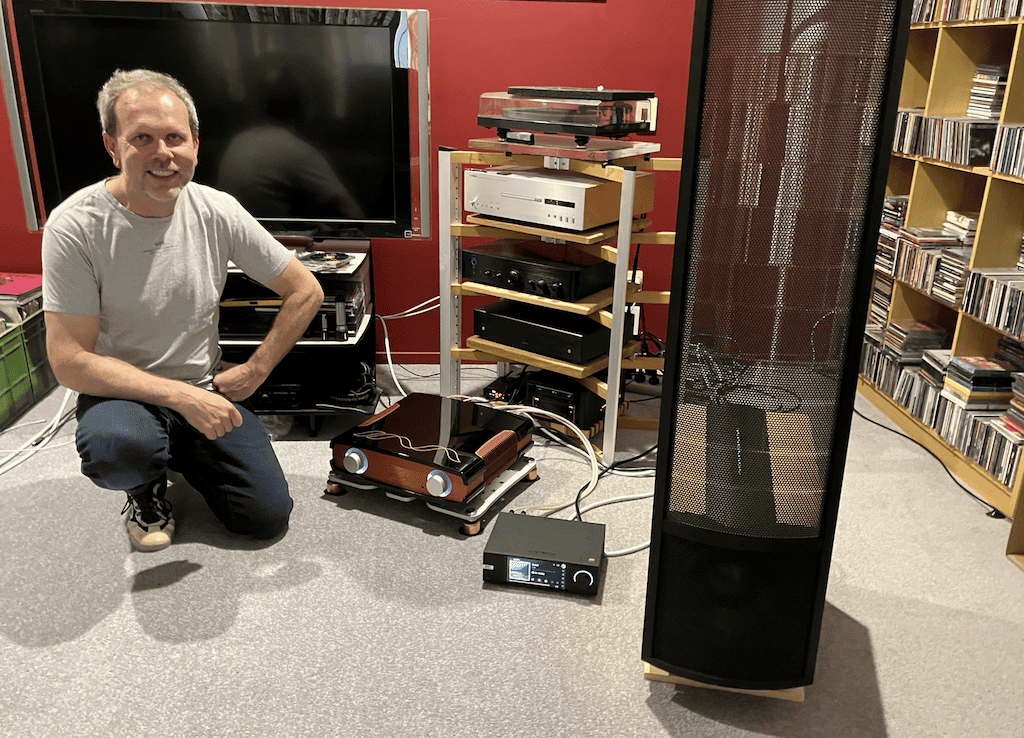
What Else Can This Wonderbox Do?
I’m not going to go deeply into the technical details, but you can see them here. Impressive, right? Briefly, the streamer features a well-regarded ESS9038Q2M DAC chip, and supports PCM files up to 32bit/786kHz and DSD 512. It features all the necessary inputs and outputs, including USB C (useful for connected storage), optical (for connecting to a TV) and coaxial inputs, as well as optical and coaxial outputs as digital transport. There’s even an HDMI output for multi-channel PCM and DSD output for those who like that kind of thing; something that I’m told is a rarity in streamers and never at this price point. For me, more useful were the old-fashioned analogue out connections, of which there are both RCA and XLR.
Another big one for those who have modest systems or digital-only systems is that the DMP-A6 has an on-board preamp. I’ve heard fairly good reports about the preamp function but obviously, without the multiple outputs that dedicated preamps sport, this option is strictly for those who listen pretty much only to streaming music or CDs. Still, it’s a handy option. If you do buy the unit and plan to go down the road of only using the Eversolo’s preamp, however, make sure to remember to select the ‘variable volume’ setting so that you don’t blow your speakers!
Lastly, I want to mention the touch-screen again, because it really is lovely. Reputedly based on Android 11, this hi-res screen pretty much mimics the smartphone experience in landscape mode and just digging into settings you find that there’s quite a bit you can do to tweak the machine. One of these is the DAC Filter Characteristics (in Audio) in which you can select one of five audio filters. I tried them all and found that some sounded a little less crisp, but overall I liked the top one, Fast Roll-Off (Linear) best. In Display you can also set what you want to see, whether it’s the album artwork or one of three different old-fashioned meter displays. This gives a nice analogue touch to a completely digital setup! The whole configuration on the front panel is pleasing, with a smooth and fairly large multifunction volume knob, around which is a ring of light. The display itself seemed to switch on and off at will, which I wasn’t fussed about, but I’m sure there’s a setting for that too.
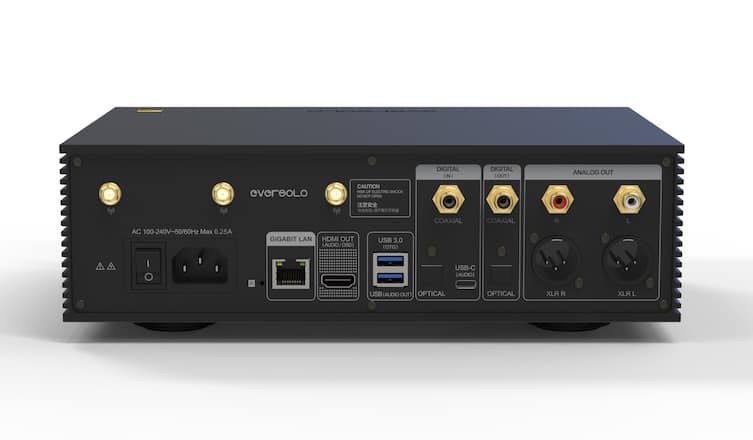 Set-up? Well, I had it connected to my Wi-fi within a couple of minutes, and have found it to be practically glitch-free in the month or so I’ve been playing with it. There have been a couple of updates and these have loaded quickly and without much of an interruption. It goes without saying, however, that a high-tech device like this will see improvements come through via software updates from time to time.
Set-up? Well, I had it connected to my Wi-fi within a couple of minutes, and have found it to be practically glitch-free in the month or so I’ve been playing with it. There have been a couple of updates and these have loaded quickly and without much of an interruption. It goes without saying, however, that a high-tech device like this will see improvements come through via software updates from time to time.
The DMP-A6 does have an available remote control, but I felt no need for it, and daily use was simply through the Eversolo app on my iPhone. I’m a big fan of Roon and have taken a lifetime subscription to the service, because it’s such an intuitive interface, and gives me all the artist and technical information I could need about each track. But I know many will opt just to use the Eversolo app. So, is it any good? Well, I found it a bit frustrating, mainly because there are currently too many steps to get from your current selection back to the search box, and it’s too easy to exit Qobuz (or your choice of streaming service) and find yourself searching in space. Having said that, it does the job, and like any app, the more familiar you become with it, the easier it gets to easily navigate around it. And a major plus is that Eversolo seem to actually listen to feedback and make constant improvements to their software.
If you’re looking for a bargain price streamer that does it all (and more!), looks great and sounds great, the Eversolo DMP-A6 is a no-brainer. If you just want a no-display streaming hub and your other components are modest, you may be happy with a Bluesound Node or similar. The one caveat for some might be that Eversolo are a newish company (the parent company being the decade-old Zidoo) and who knows what the future holds for them? Some might want prefer the surety of longevity and prestige that goes with outfits like Cambridge Audio or NAD, both who do nice streamers. Personally, I’d be willing to take a punt on Eversolo at the price point. The DMP-A6 just has so much going for it that if I was in the market for a standalone streamer I would have no hesitation in buying the wee beaut. There’s also a new Master Edition of the DMP-A6 that reviewers have said has a slightly more refined top-end and more body in the mid-frequencies. At around $2K, the Master Edition is still a bargain, but for most, the standard edition will provide everything they need in a streamer.

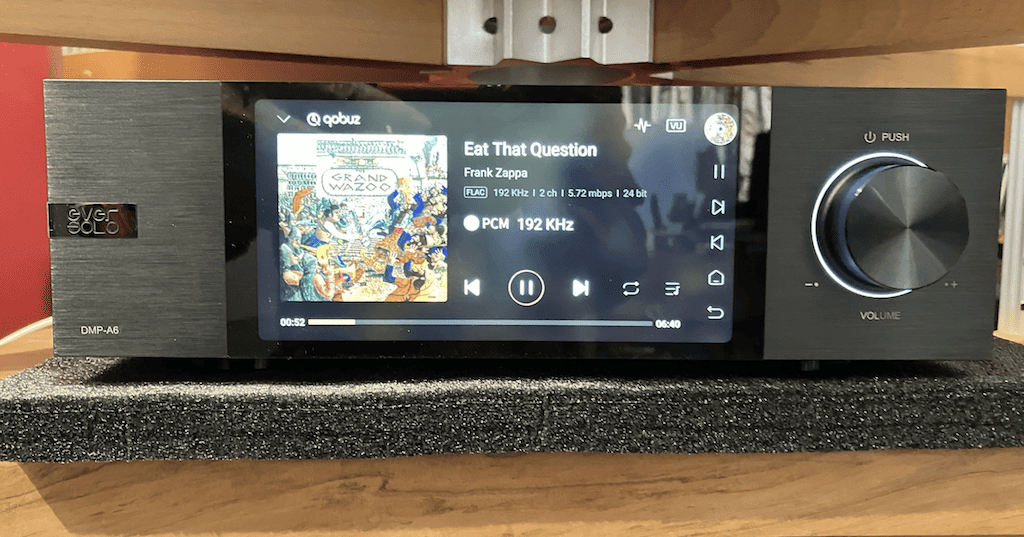
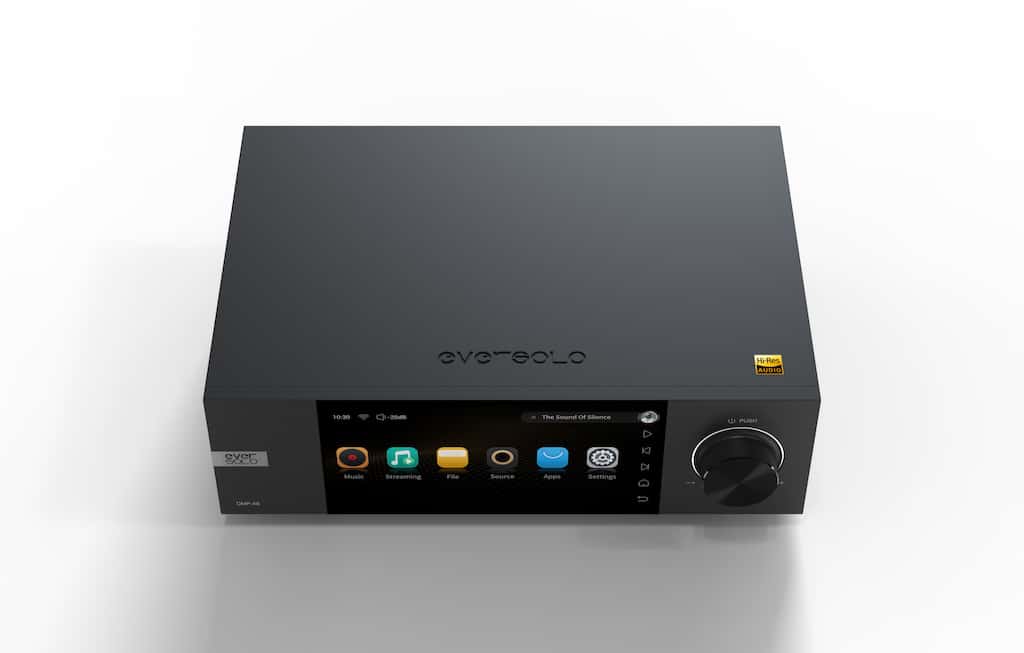


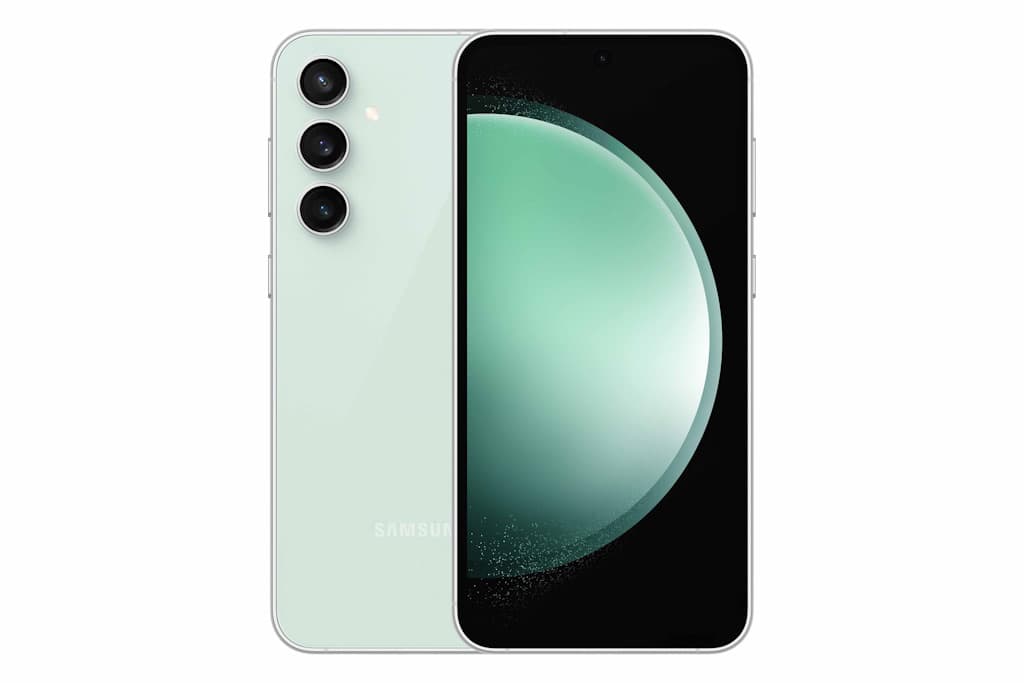
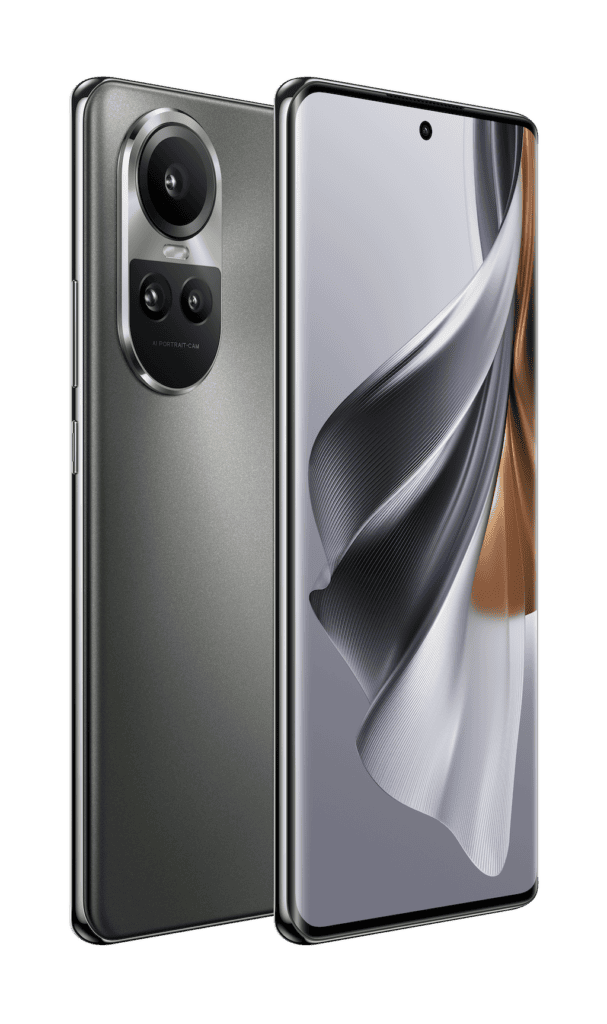
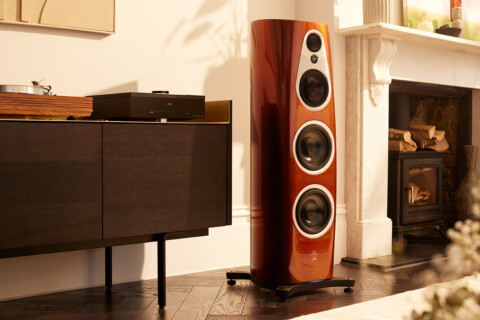
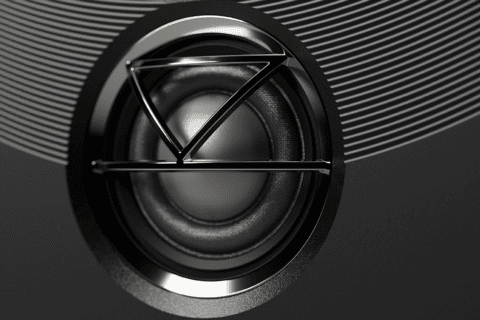
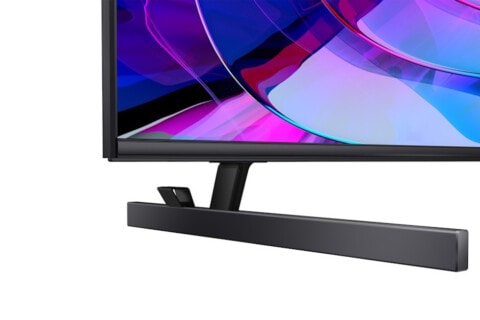
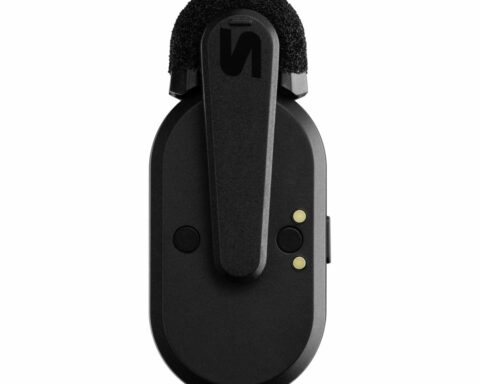
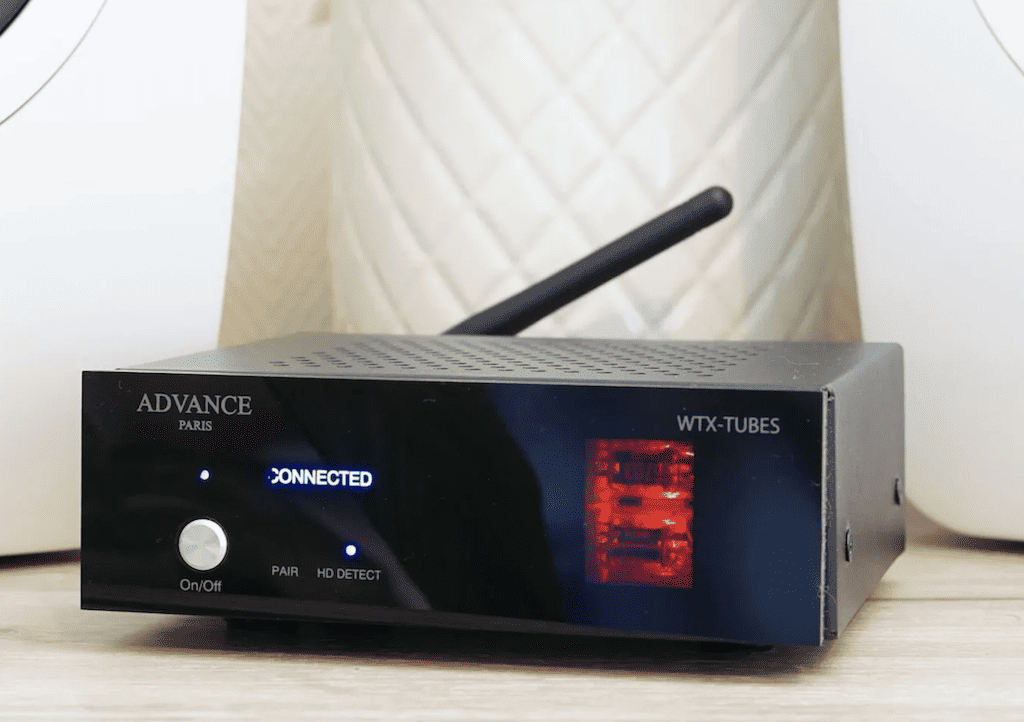

If my Squeezebox touch gives up the ghost, this looks like a worthy replacement. I agree, touch screen streamers are the best!